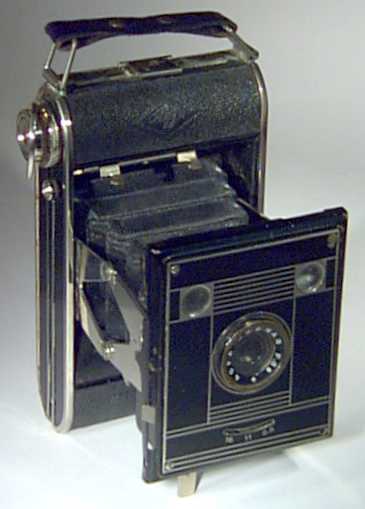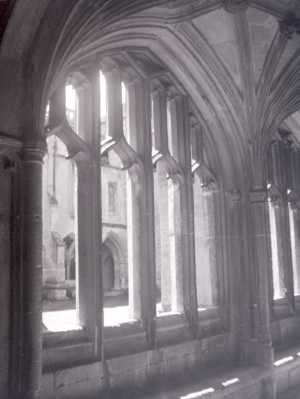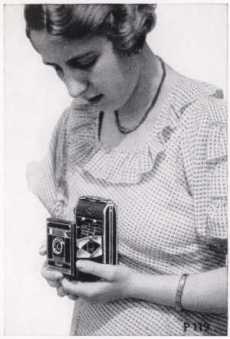 |
|||||||||||||||||||||||||||||||||||||||||||||||||||||||||||||||||
|
|
|||||||||||||||||||||||||||||||||||||||||||||||||||||||||||||||||
|
Click here for complete Site Map
One thing thats not particularly obvious is how to change the shutter setting between the Instantaneous (1/30) and B. If you look just behind the lens panel - next to the top view finder window you should find an 'dot' and a 'dash' embossed into the surface. There should also be a little metal arrow which points to one of them. If you set the arrow to the 'dash'- you will get the B setting. If you move it over to point at the 'dot' the shutter should now work in instantaneous mode - which is approximately 1/30 of a second.
The first photo is of special significance to me because it was taken at Lacock Abbey. This was home to Henry Fox Talbot who pioneered the negative/positive photographic process in the 1840s. Appropriately enough - this was also the first roll of film I processed myself. Coincidentally the cloisters photographed here have also recently appeared in the Harry Potter movies. The second photo is from the camera manual showing fashions of the 1930s when this camera was made. Got a question or can't find the info you are looking for? Click HERE to contact us. Click here for Basic Guide to Rollfilm Cameras Click here for other Billy cameras Click here for the Agfa shelf Click here for complete Site Map |
|
All text and images Copyright © 2000-2011 Roland Givan, unless otherwise stated. All Rights Reserved. |


